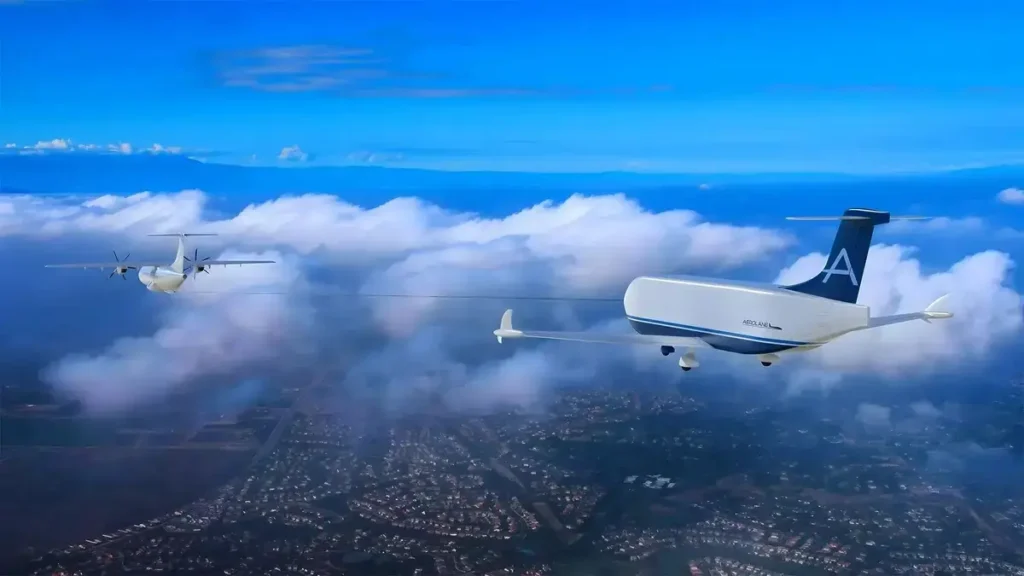In the vast expanse of West Texas, a group of pioneers is resurrecting an idea from the 1940s to revolutionize air freight. Unlike traditional aircraft, these innovators are turning to gliders, propelled not by engines but by tow ropes attached to lead planes. This concept, brought to life by Aerolane, a West Texan company, promises to slash cargo prices by up to 65%.
Table of Contents
A Throwback Concept with Modern Twist
Aerolane draws inspiration from payload-carrying gliders that played a pivotal role during World War II. These gliders, often used to transport soldiers and their gear demonstrated the efficiency and cost-effectiveness of this method. Building upon this historical precedent, Aerolane envisions a future where purpose-built cargo gliders, dubbed “Aerocarts”, dominate the air freight industry.
Innovative Approach to Air Freight
The core of Aerolane’s concept lies in its adaptation of glider technology for modern needs. Unlike traditional aircraft, Aerocarts do not possess engines. Instead, they are towed by lead planes, akin to a trailer hitched to an SUV. This innovative approach eliminates the weight and complexity associated with propulsion systems, resulting in significant cost savings.
Advanced Flight Control Systems
To ensure the seamless operation of Aerocarts, Aerolane has equipped these gliders with advanced flight control systems. These systems allow the gliders to autonomously surf under the vortex of the lead plane, maximizing efficiency and minimizing drag. By leveraging cutting-edge technology, Aerolane aims to optimize the performance of Aerocarts for maximum efficiency in air freight transportation.
Successful Prototypes and Testing
Since 2022, Aerolane has been diligently working on developing and testing prototypes of Aerocarts. The company has successfully converted aircraft such as the Pipistrel Virus and the Velocity SE canard pusher into automated tow cargo gliders. Through rigorous testing and experimentation, Aerolane has demonstrated the feasibility and effectiveness of its revolutionary air freight concept.
Industry Recognition and Future Prospects
Aerolane’s groundbreaking approach to air freight has garnered attention from industry stakeholders and experts alike. The US Air Mobility Command conducted experiments in 2013 that highlighted the potential of glider technology in reducing fuel consumption and costs. With the support of seasoned professionals like Todd Graetz and Gur Kimchi, who bring extensive experience from their previous ventures, Aerolane is poised to make significant inroads into the $135 billion air freight industry.
Conclusion
In an era marked by soaring cargo prices and increasing demand for cost-effective transportation solutions, Aerolane’s innovative use of glider technology offers a ray of hope. By combining historical insights with modern advancements, Aerolane is reshaping the future of air freight transportation. As the company continues to refine its prototypes and expand its operations, the sky’s the limit for Aerocarts and the revolution it heralds in the world of logistics.


